Tag: study

Monitoring the Relationship Between Changes in Cerebral Oxygenation and Electroencephalography Patterns During Cardiopulmonary Resuscitation
Real-time monitoring of cerebral oxygenation and function during cardiac arrest resuscitation is feasible. Although voltage suppression is the commonest electroencephalography pattern, other distinct patterns exist that may... read more

Determination of Brain Death Under Extracorporeal Life Support
The worldwide use of extracorporeal lung/life support is increasing in severe lung failure (veno-venous extracorporeal membrane oxygenation, vvECMO) or in cardiac arrest/severe circulatory failure (veno-arterial ECMO, vaECMO).... read more
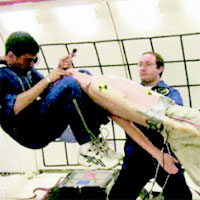
Airway Management in Microgravity
In the near future, space programs will shift their focus toward long‐duration interplanetary missions, in particular to the Moon and Mars. These exploration missions will be associated with an increased risk of acute medical... read more

A Surprising Way to Decrease Stress in Nursing
What if I told you that it wasn't the patient load that was actually stressing nurses out in the workplace? Would you believe me? Most nurses go into the profession of nursing to care for sick patients. So even those days... read more
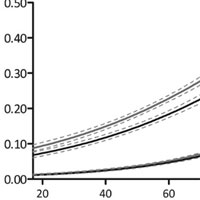
ICU Survivors Have a Substantial Higher Risk of Developing New Chronic Conditions Compared to a Population-Based Control Group
ICU patients have more chronic conditions during the year before ICU admission compared with a population-based control group and a five times higher odds on developing one or more new chronic conditions compared with the... read more

Association of Vasopressin Plus Catecholamine Vasopressors vs Catecholamines Alone With Atrial Fibrillation in Patients With Distributive Shock
In this meta-analysis, the addition of vasopressin to catecholamine vasopressors compared with catecholamines alone was associated with a lower risk of atrial fibrillation. However, findings for secondary outcomes varied.... read more

Association of ICU Delirium with Sleep Disturbance and Functional Disability After Critical Illness
After adjusting for important covariates, total days of MICU delirium were significantly associated with increased post-discharge sleep disturbance. Delirium incidence showed a trend toward association with increased functional... read more
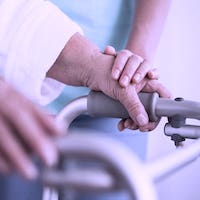
Mobilization is Feasible in Intensive Care Patients Receiving Vasoactive Therapy
In our ICU, patients mobilized on approximately one-third of vasoactive days. Clinicians should anticipate a higher risk of hypotension during mobilization in patients receiving vasoactive therapy, which may require transient... read more

Tranexamic Acid For Isolated Penetrating Head Trauma
An aeromedical crew was dispatched to a local emergency department to transport a fourteen year-old female with self-inflicted gunshot wound to the head to a tertiary pediatric trauma hospital. The patient was previously... read more
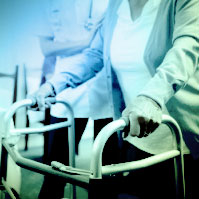
Identifying Barriers to Nurse-Facilitated Patient Mobility in the ICU
Nurses have limited time for additional clinical activities but may miss potentially important opportunities for facilitating patient mobility during existing patient care. The proposed method is feasible and helpful in empirically... read more

Physician-Level Variation in Outcomes of Mechanically Ventilated Patients
Physicians are increasingly being held accountable for patient outcomes. Yet their specific contribution to the outcomes remains uncertain. Intensivists independently contribute to outcomes of Medicare patients who undergo... read more
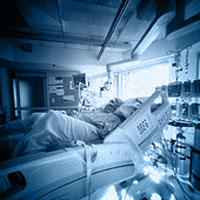
Age- and Gender-related Peculiarities of Patients with Delirium in the Cardiac ICU
Our investigation presented a number of associated peculiarities related to gender and age. It was shown that delirium is a severe complication that more often affects men amongst patients < 65 years old and more frequently... read more
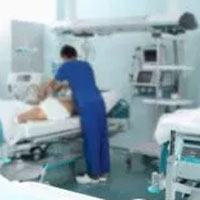
How Should We Relate to Unreasonable Families in the ICU?
Most families have never suffered through a loved one experiencing prolonged critical illness and respiratory failure (defined as ventilator dependence for weeks, usually with a tracheostomy). But each year, more do. An estimated... read more

Sleep Deprived-Patients in ICU May Fail to Get Off Ventilation
Attempts to wean intubated, critically ill patients off mechanical ventilators were less successful when the patients exhibited atypical sleep or pathological wakefulness, researchers reported. The findings suggest that sleep... read more








